Time
Time is a common term for the experience of duration and a fundamental quantity of measuring systems. Time is the continued sequence of existence and events that occurs in an apparently irreversible succession from the past, through the present, into the future. It is a component quantity of various measurements used to sequence events, to compare the duration of events or the intervals between them, and to quantify rates of change of quantities in material reality or in the conscious experience. Time is often referred to as the fourth force. Along with Anima, the Weave, the Numidius and Entropy it is considered one of the five Primal Forces.
Manifestation
The prominent method for tracking time constantly changes in accordance to the continent's languages, cultures, usecases and politics. Trying to enforce one system over the other have been the cause of many conflicts and strifes, especially in the technomagical cyrcles, where time is serve a greater purpose than being late to dinner.
Ancient Times
The oldest civilizations known to keep a persistent track of the passing time were the Edo and Netheril. These methods were independent from the actual position of the sun or the moons. The exact calculation process and most measurements have been lost, but some of their monuments depicts celestial events, like the passing of the Archileus Comet, making their approximate construction dates much easier to find. One example is the Netharise Star Chart which is belived to be a tool used to transcribe important dates. Very little of the plaque has been deciphered, but the star charts depicted on it show various celestial object in their perfect trajectories, with some even remaining undiscovered until after the construction of the Observatory of Mirag.Dwarves
The Dwarven Saga is the oldest form of continuous timekeeping on the continent that is still practiced. It revolves less about the passing of time and more about small, but important events that happen between two culturally significant points in time.
The entire length of the Saga is 9,000 sunsets and once it is completed, a new one begins. Each Saga is divided through chapters, with the exact number of chapters changing each time the Saga rewinds. Chapters can even change in length, as new ones are added and old ones are shortened or omitted to accommodate the strict cycle.
Chapters can be further divided into verses, than paragraphs, words and finally into runas. Each defines a different time frame, depending on the chapter. For example, an agreement with a duration of 5 verses, signed during the chapter of King Brom, will be in effect for a period of roughly 300 paragraphs. The same contract, if signed during the Wake of Durin will last for more than 2000 paragraphs.
The paragraph, and other smaller units such as words and runas, are more strict in their definition. A paragraph is always constructed from 1600 words, with each word being made from a combination of 8 runas. Runas are being sung in a constant rate that is equivalent to 3/2 of a second. These units are mostly used in calculation of wages, prices, short-term services and in other time sensitive applications.
For smaller, even more accurate measurements, dwarves and other durinian often use a different system called 'noot'. A noot is an amorphous time unit that is defined with each use case as a single swing of a pendulum or the needle of a metronome. A part of a noot is described as a tone and a set of related noots is called a tune. Some noots and tunes have fixed values, and referred to as constants. These constants are mainly used for mathematical calculations.
Humanoids
Most humanoid nations follow either the Alberticus System or the Andorian Count, both derived from the work of Alberticus Magalis. The system is a commutation of several others older calendars, as well as Alberticus' own research.
Both counts are based on the continued movements and rotation of the moons, the position of the sun and the state of other, smaller celestial bodies to divide the year into 4 groups of 3 month, that correlate with the seasons. The system further divide each of the 12 months into 30 days. Days are calculated as 24 hours.
In some fields, such as economics, science, magic and more, the system is used in further complexity, with hours being broken into several segments, sometimes up to 1/10000 of their original values.
Elves
The Elves have very little use in tracking the minuscule units of time. Most Elven societies track time through the state of the moons for long measurements and use the angle of the sun to measure time during the day.
Elves concept of timekeeping is mostly centered around the commemoration of significant events. Specifically, events that either occurred only once, or on very special circumstances. Such events are exceedingly rare, happening at most once every few centuries. Such an occasion are usually commemorated on stone or marble tablets called Celestial Charts. The amount of information that is recorded on such tablets varies greatly from event to event, and the culture that produces it.
Most of cultural behaviors of elves are tides to the state of their environment, and not the passing of time. Some elves, especially those living in rural areas, might find it hard to even understand the concept of regular timekeeping.
Others
Other races and cultures have even more varies methods of time keeping. Some are inherently cultural, such as the orca's use of bloodlines to determine eras, or the Aarakocra's synchronizing their calls in time where timing is important.
The Agam'an also use an extremely complicated method of timekeeping. It is thought as an art and passed down from saifers and wenfers to their apprentices.
Localization
In the Material Planes
Most scientific measurements of time in the Material Planes have been done from within the Prime Material Realm, and therefore subject to all the limitations of the Primal Forces.
Mortals, especially elves, who venture to the Feywild or Shadowfell, often experienced an accelerated sense of time. In some cases these individuals have also aged rapidly, but upon their return found time progressed regularly in the plane they originate from.
In the Astral Plane
The greater influence of magic within the astral plane can temporarily bend all other forces, except time. Despite not having a clear sense of time when traversing through the astral plane, scientific measuring equipment still functions as expected. Even magical equipment that is prone to errors will always correct itself when brought back to a more stable plane.
In the Elemental Planes
Time advances in a different rate inside each of the Elemental Planes. While inhospitable and almost impossible to explore by mortals, beings originating from the elemental planes can regularly be contacted with. These creatures describe the flow of time as always changing and constantly interacting with the elements.
Some genasi explorers have managed to cross through to the planes, but quickly perished. The lack of the magical weave and the much less rigid structure of the Numidius does not allow decided, observed or declared life forms to exist for more than a few nanoseconds.
In the Outer Planes and Others
The primal force of Time encompass the Outer Planes, yet affects them very little. aasimars who are summoned to their planes rarely return, and nearly all those who have returned never shared their experiences. This fragmented information describes a place where time moves in an amorphous, impossibly complex way, yet still moving forward.
Stranger places, such as the abyss, some of the otherwheres and the theoretical limbo might not be subjected to the concept of time at all.
The Common Calendars
The Alberticaious Calendar
The Alberticaious Calendar is the most commonly used calendar across Edora. It was created by Alberticus Magalis and is based on his moon observations with correlation to the Darseric notations of the Archileus Comet.
The Andorian Count
The Andorian Count is a forked version of the Alberticus System used in the Andorian Alliance. It was created by the Andorian Church after St. Magalis' death and shifts the begining of the year from the coronation of Marilak Verdirsirilas to the birth of Agustin Andor.

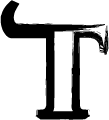
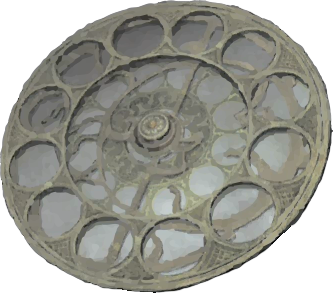

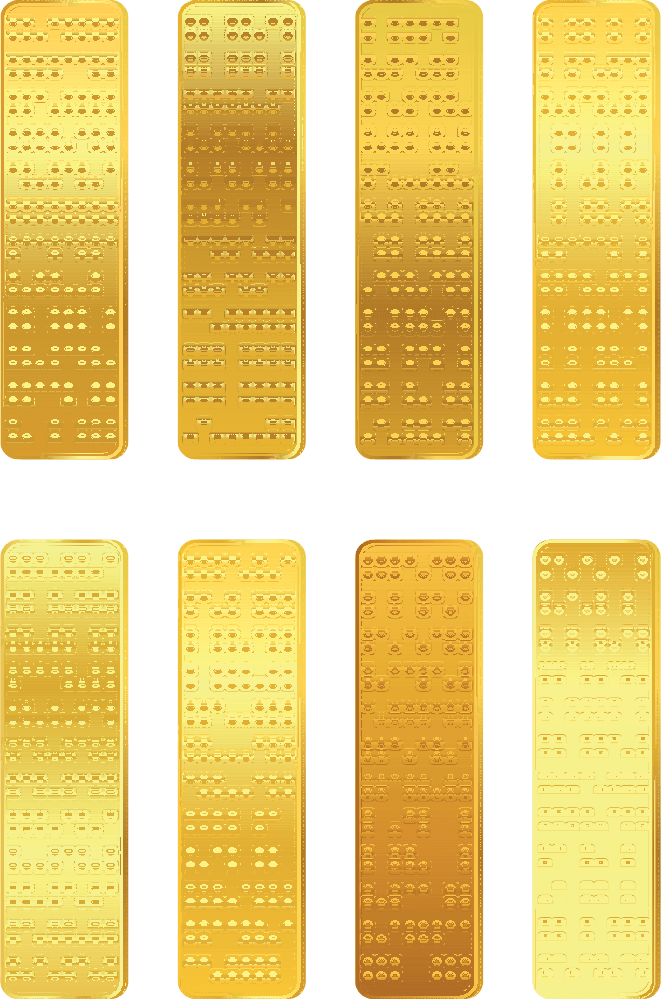
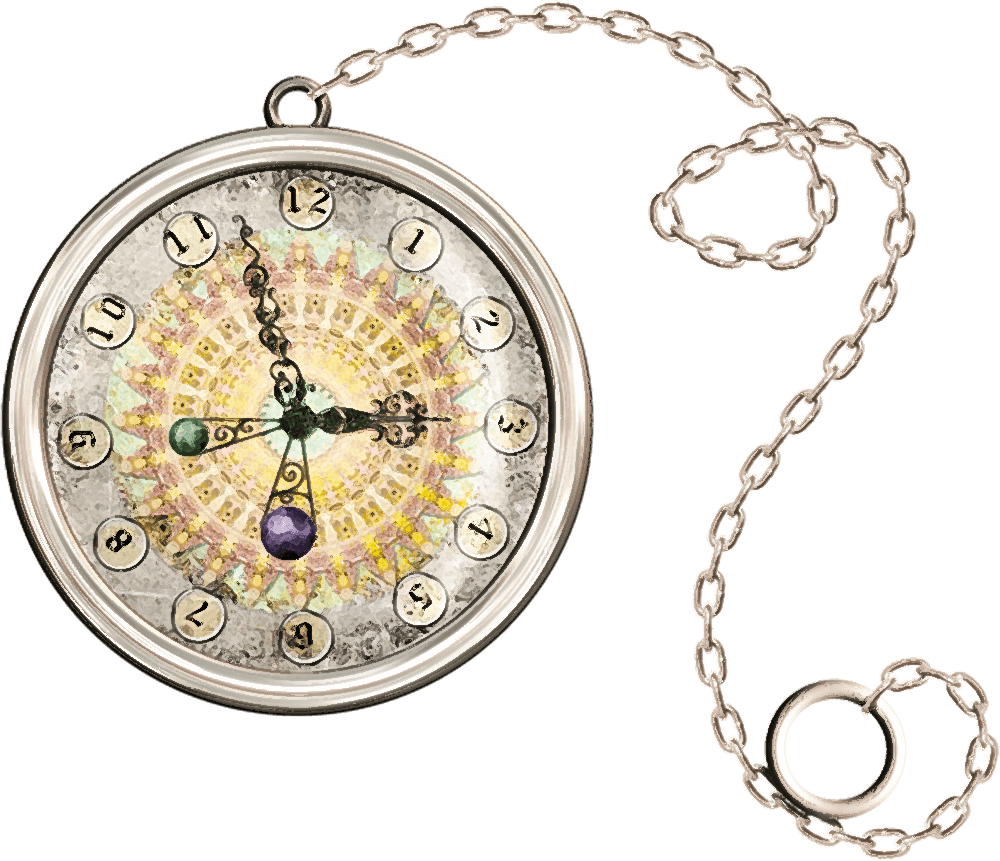
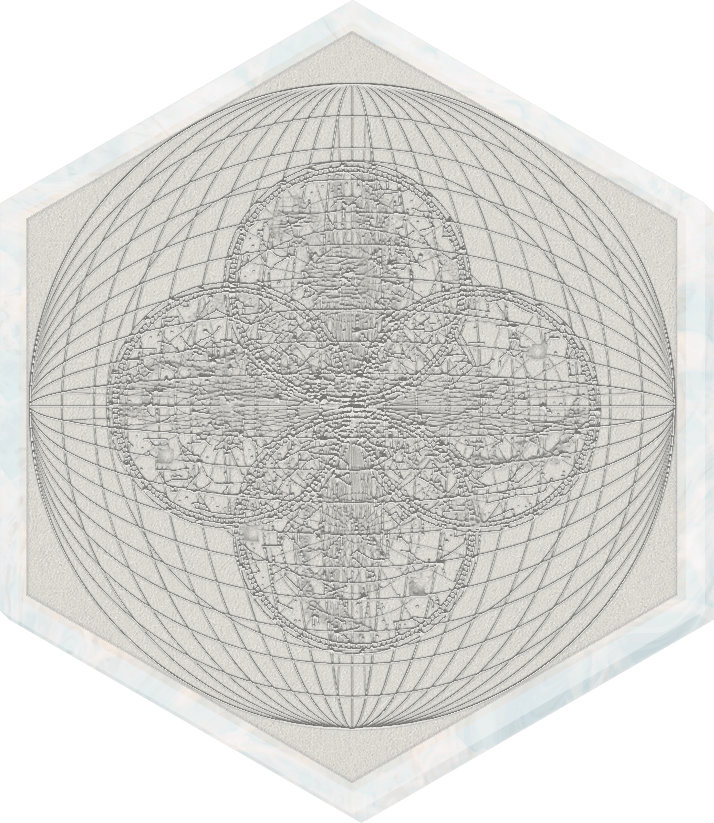



Comments